- June 29, 2017
- 0 Comments
- In Existing Building Performance
- By Steven Winter Associates
Variable refrigerant flow (VRF), also known as variable refrigerant volume, was a concept developed by Daikin Industries in the 1980s. The technology is based on transferring heat through refrigerant lines from an outdoor compressor to multiple indoor fan coil units. VRF systems vary the amount of refrigerant delivered to each indoor unit based on demand, typically through variable speed drives (VFDs) and electronic expansion valves (EEVs). This technology differs from conventional HVAC systems in which airflow is varied based on changes in the thermal load of the space.
The two main VRF systems are heat pump systems that deliver either heating or cooling, or heat recovery systems that can provide simultaneous heating and cooling. These two applications, plus the inverter-driven technology of the outdoor compressors, allow for greater design flexibility and energy savings. In applications where heating and cooling are simultaneously called for in different zones, VRF heat recovery systems allow heat rejected from spaces that are being cooled to be used in spaces where heating is desired. (more…)

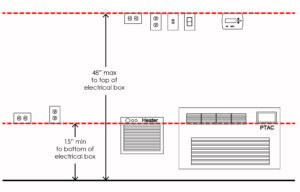
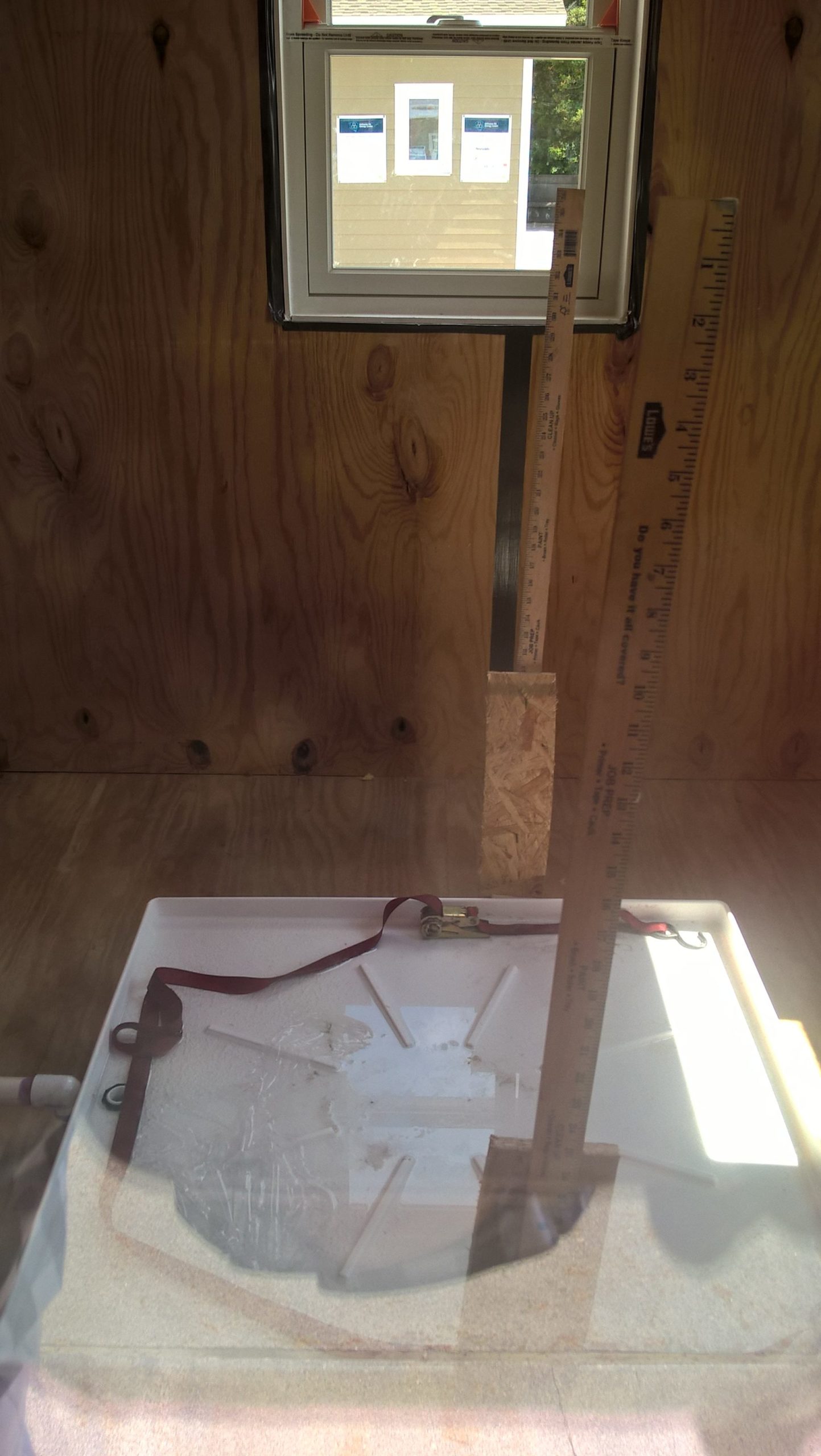


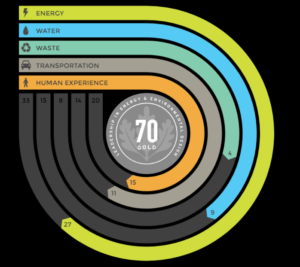
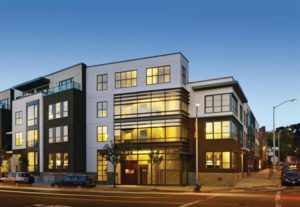
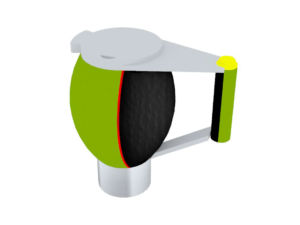
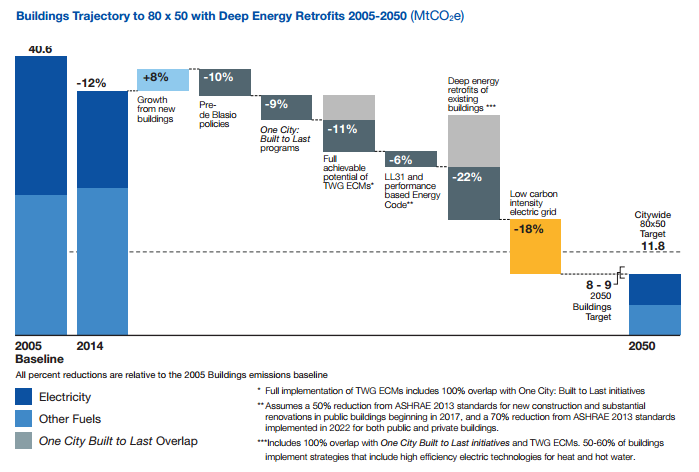
 Common laundry rooms are typically provided in market rate and affordable multifamily buildings. Because there are no ventless clothes dryers available for commercial use in North America (such as condensing or heat pump dryers), Passive House (PH) projects must make do with standard coin-operated, conventional vented clothes dryers. With a conventional electric or gas vented dryer, ambient air from the laundry room is heated and blown into the dryer’s drum as it tumbles. This air picks up the moisture from the laundry and is exhausted – sending hot moist air and lint particles to the outside. For any dryer that exhausts more than 200 cfm and in common laundries that have several dryers, make-up air must be supplied to the room so the dryers have enough air to operate properly. This make-up air must then be heated or cooled and therefore, increases the building’s energy demand.
Common laundry rooms are typically provided in market rate and affordable multifamily buildings. Because there are no ventless clothes dryers available for commercial use in North America (such as condensing or heat pump dryers), Passive House (PH) projects must make do with standard coin-operated, conventional vented clothes dryers. With a conventional electric or gas vented dryer, ambient air from the laundry room is heated and blown into the dryer’s drum as it tumbles. This air picks up the moisture from the laundry and is exhausted – sending hot moist air and lint particles to the outside. For any dryer that exhausts more than 200 cfm and in common laundries that have several dryers, make-up air must be supplied to the room so the dryers have enough air to operate properly. This make-up air must then be heated or cooled and therefore, increases the building’s energy demand.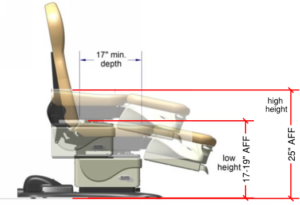 The United States Access Board recently issued new standards under Section 510 of the Rehabilitation Act of 1973 for Medical Diagnostic Equipment (MDE). The
The United States Access Board recently issued new standards under Section 510 of the Rehabilitation Act of 1973 for Medical Diagnostic Equipment (MDE). The